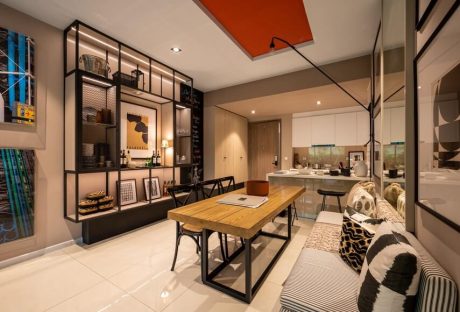Many people suffer from dust, pet dander, pollen, mold, and other allergy-causing substances. These allergens can be found throughout your entire home, including the air you breathe, the floors you walk on, and the drapes you open. Sadly, allergy-causing substances are unavoidable, but you can do something about the severity of your allergies.
We’re here to help you find the top tips that will make your home more allergy-free.
Hide-and-seek: hidden allergens in your home

Allergens are everywhere! They live in our bed, clothes, carpet, and walls. The air we breathe can contain allergens, and staying indoors can make the problem worse. Even if you avoid allergens, you may be exposed to them in other people’s homes or places you visit. It’s true that the highest concentrations of allergens are in your home, but they can also be found in restaurants, grocery stores, and many other places you visit.
Now that you know where allergens are hiding, it’s time to figure out how to get rid of them. While getting rid of all allergens in your life can be next to impossible, there are some things you can do to keep your home clean, reduce allergens in your life, and keep yourself healthy.
Why are allergens dangerous?
Allergens are small particles in the air that cause people to produce an immune system response. People with allergies will react to these particles and release histamines, which cause the body to work harder and release more of the allergy molecules. This can cause asthma attacks and other autoimmune problems. On top of that, they can cause rashes and just be difficult to live with.
Allergens are especially bad for people with asthma, and other respiratory problems, but they can also trigger sneezing, coughing, or itchy eyes. The best way to rid your home of allergens is to remove them, by regular home cleaning and using allergy-friendly products.
How to reduce allergens in your home?

Did you know that keeping your home clean can help eliminate allergens? There are plenty of easy ways to keep everything clean without any hassles or extra work! If you’re looking for ways to reduce allergens from your home, check out the following tips.
- Wash your bedding, curtains, and comforters frequently in hot water.
- Limit the number of carpets, rugs, and other floor coverings. If you can’t remove them, wash them often.
- Vacuum often.
- Wash your floors with a mop and hot water.
- Leave your shoes at the door.
- Dust frequently.
- Remove clutter.
- Use a HEPA air cleaner.
- Choose allergy-friendly houseplants.
- Use safe cleaning products, especially hypoallergenic laundry detergents.
As you see, there are many steps you can take to reduce allergens in your home. By implementing a few of these tips, your home will be a safe, healthy environment for you and your family.
Read Also:






















